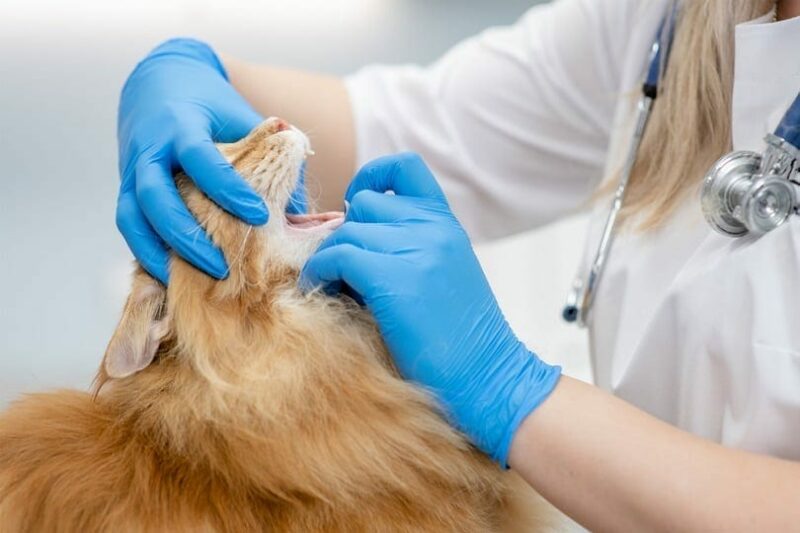Cat Checkups: 8 Reasons to Visit the Vet Regularly
Updated on
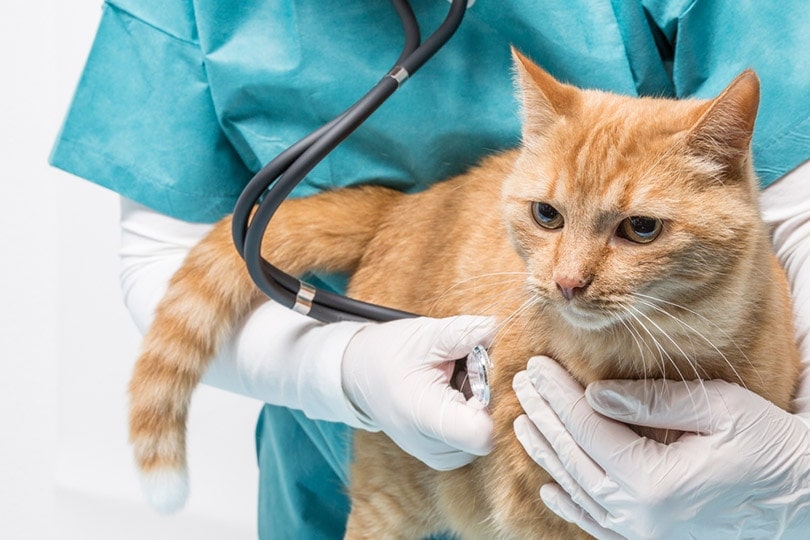
Click to Skip Ahead
Whether your cat is an indoor cat or one that enjoys roaming around your yard, it’s important to take them for regular cat checkups. These checkups not only give you peace of mind that your kitty is happy and healthy, but they also help cats live longer. When cats see their veterinarian often, early signs of health problems are identified and treated before they can worsen or become life-threatening.
Although anxious cats may not enjoy a trip to the vet, checkups should not be missed. Cats are known to hide signs of pain or illness so as not to look vulnerable. This makes it difficult for their owners to pick up that something is wrong. However, a cat will find it harder to hide their symptoms from an experienced vet and the results from the bloodwork they may take.
How Often Should My Cat Go for Checkups?
The recommended frequency of wellness visits changes as a cat ages and as health issues arise. Kittens should typically see the vet around once a month until they have received all their vaccinations at around 4 months of age. They may go back to the vet once more in their first year to get spayed or neutered, but their next wellness visit will be scheduled for when they turn a year old.
Adult cats (1-9) should go for a wellness visit once a year unless they have a health condition, you have a concern or they become ill. Cats are considered seniors at around 10 years of age, and they are considered geriatric when over 15 years old. Senior cats should have a checkup at least every 6 months, and geriatric cats may need more.

What to Expect from a Wellness Visit for Cats
There are several things you can expect from your cat’s annual wellness visit. Remember, this trip to the vet is for healthy cats. Cats that are ill should be seen by a vet as soon as possible and will have other tests taken that are different from the wellness visit.
- Weigh your cat.
- Ask questions about your cat’s lifestyle, which will include their diet, exercise, litterbox habits, drinking habits and general health.
- Perform a physical examination, which includes looking at their mouth, teeth, feeling their lymph nodes, checking their ears, heart, lungs, and feeling their abdomen. They will also check your cat all over for any lumps and bumps.
- Ask for and evaluate a fresh sample of your cat’s feces.
- Take blood and/or urine samples.
- Vaccinate your cat if they are due for it.
Before you take your cat to their appointment, find out if you need to stop feeding them the night before, as some tests require fasting. You should also ask if your vet would like a fresh urine or fecal sample, as this will save you from having to go back to drop one off later that day.
All the tests your vet takes, as well as the information you give them, will tell your vet how your cat is doing health-wise, if they have an underlying health condition that should be treated, or if they need to be put on preventative treatments.
The 8 Reasons to Take Your Cat for Regular Checkups
1. Weight Management
Obesity is a serious problem that many cats face, especially indoor cats that don’t get as much exercise as cats that can climb, chase, and play outside. It’s difficult to notice weight gain when it happens slowly over a long period of time, but by taking your cat to their wellness exams, your vet will be able to compare your cat’s current weight to their previous recorded weight. This will show them if your cat is on a healthy path or one that needs adjustments.
If your cat has picked up unhealthy weight, your vet can recommend ways to encourage your cat to get moving and exercise, as well as a new diet that is lower in calories. Obesity can lead to health complications such as diabetes and joint pain, so understanding and changing habits early on will help hugely.
Weight loss without explanation is also a concern, so picking this up as early as possible will make diagnosis and treatment options more successful.
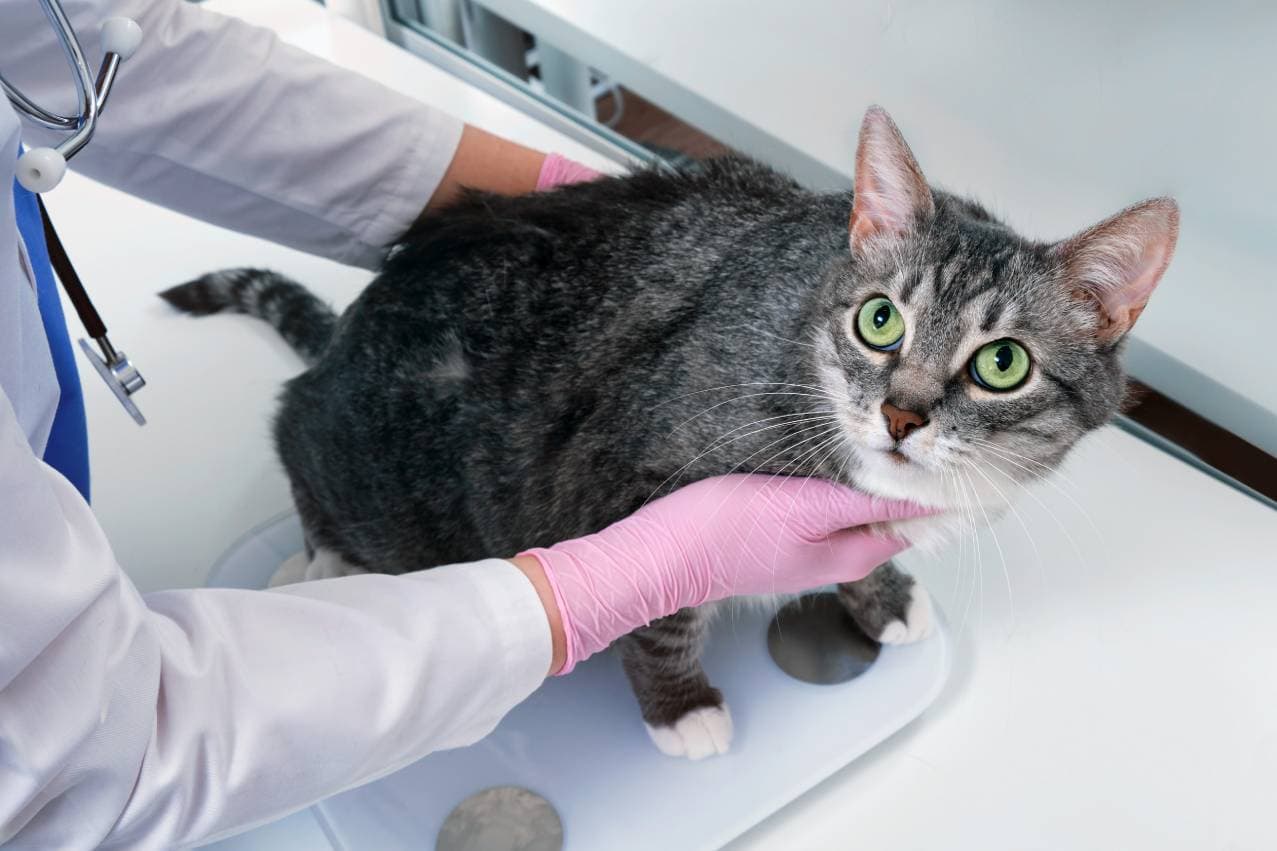
2. Detect Health Problems Early
The earlier a health problem is detected, the earlier the cat can be started on treatment and the better their outcome. For example, if diabetes is detected early on, lifestyle changes can be made, and the disease can be managed (and sometimes reversed!), allowing your cat to continue living a good quality of life.
If diabetes is detected in the advanced stages, complications can arise, and it will be much harder to treat. Taking your cat for regular checkups helps the vet catch health problems early so that they can manage your cat’s disease, slow its progression, and prevent complications.
3. Get Them Comfortable with Checkups
Practice makes perfect, and this certainly applies to cat wellness exams. Your cat may hate traveling in their carrier and being examined by the vet, but the more you take them, the more they’ll realize that it’s not so bad and the more comfortable they may become.
Cats that are familiar with the process won’t struggle so much during their examination, which will allow the vet to examine them properly. This will reduce the chance that your vet will miss an area of concern due to a cat being difficult to examine. There are many ways that you can reduce your cat’s stress when preparing for a vet visit.
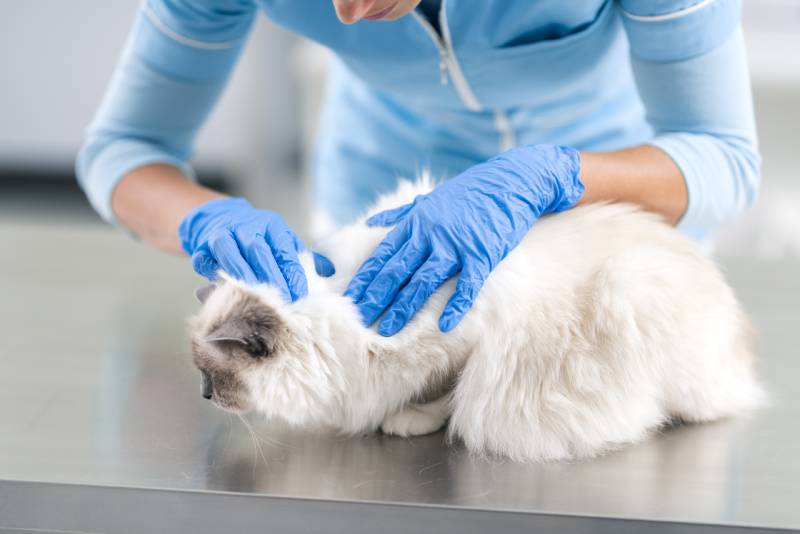
4. Stay Up to Date on Vaccinations
Although some booster shots are only necessary every 3 years, there are some vaccinations that should be given once a year, such as rabies, cat flu and cats at high risk of Feline Leukemia Virus (FeLV).
Missing these vaccinations, especially in the case of outdoor cats that have greater exposure to other animals with viral diseases, puts them at risk of becoming very sick and even dangerous to humans. However, many of these diseases can be prevented by staying up to date on vaccinations, which your vet can easily administer at their annual wellness exam.
5. Parasite Prevention
If you’ve noticed a few red bites on your legs, it’s likely that your cat has fleas. Although fleas are commonly found on untreated cats, they cause a lot of discomfort for them and can leave the cat restless, scratching, and irritated. In some cases, the excessive scratching can lead to open wounds and infections.
Your vet may ask you to bring along a fresh sample of your cat’s feces, which they’ll evaluate for parasite eggs. They may also test for heartworm if they deem it necessary, based on your location. You can save your cat from a lot of discomfort by regularly taking them for their check ups because your vet can give you parasite control treatment if they detect anything. They will also start your cat on preventative treatment, such as tick and flea medication, to prevent an infestation.

6. Dental Disease Prevention
During a wellness exam, the vet will examine your cat’s teeth, mouth, and gums. Many cats suffer from dental diseases such as gingivitis, periodontitis, and tooth resorption. Without treatment, these dental diseases can cause pain in your cat’s mouth, result in tooth loss, and may cause your cat to stop eating, which leads to further complications.
Thankfully, these common problems can often be prevented with regular at home teeth cleaning, and veterinary check-ups. If a tooth needs to be removed, the sooner we know about it the better.
7. Develop a Relationship with Your Vet
The more your vet sees your cat, the more they will get to know them as well as their health. You’ll also get to know your vet during those appointments and build trust with them. A good relationship with your vet will encourage you to keep taking your cat for regular checkups and will help you feel comfortable enough to reach out to your vet about any questions or concerns you may have.
Many people turn to the internet to get answers about their pets in times of concern, but their vet is the best source to turn to because they are experts in animal health, and specifically your animal’s health as they’ve got to know it over the years. A vet who knows you and your pet as individuals can give the most accurate advice.
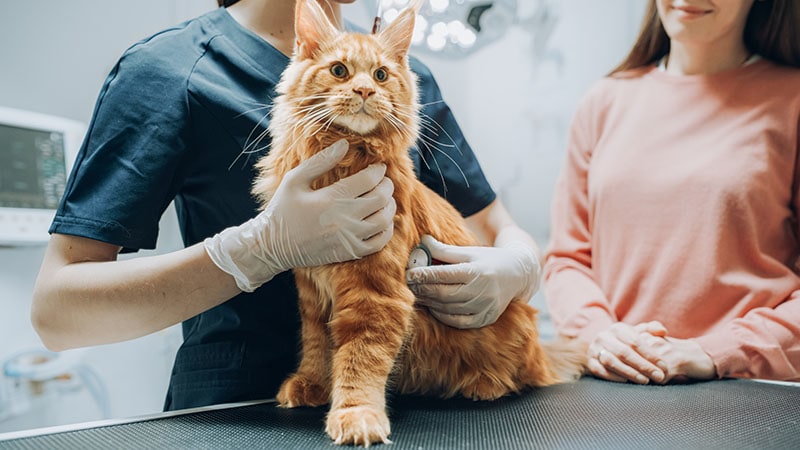
8. Prevention Is More Affordable Than Treatment
One of the main reasons why people don’t take their cats for regular checkups is because it is costly. However, money being a concern is actually more of a reason to take your cat for their wellness exams.
The longer you avoid the vet, the more at risk your cat is of developing a significant health problem that needs costly treatment, such as periodontal disease. Preventative care could prevent the disease from developing altogether, but if left untreated, your cat could lose teeth and avoid eating, needing surgery and medication to help them get better. This will all cost far more than a standard vet checkup.
Why Cat Parents Miss Regular Checkups
There are so many benefits to taking your cat for regular checkups, so why do some cat owners avoid them entirely? Here are some of the main reasons:
There Are No Obvious Signs of Illness
Unfortunately, cats often hide how they are doing physically, and you may not see obvious signs of illness. Cats also tend to only show signs of illness once they become very sick. A wellness visit could have prevented the illness from getting worse and caught it at a much earlier stage.
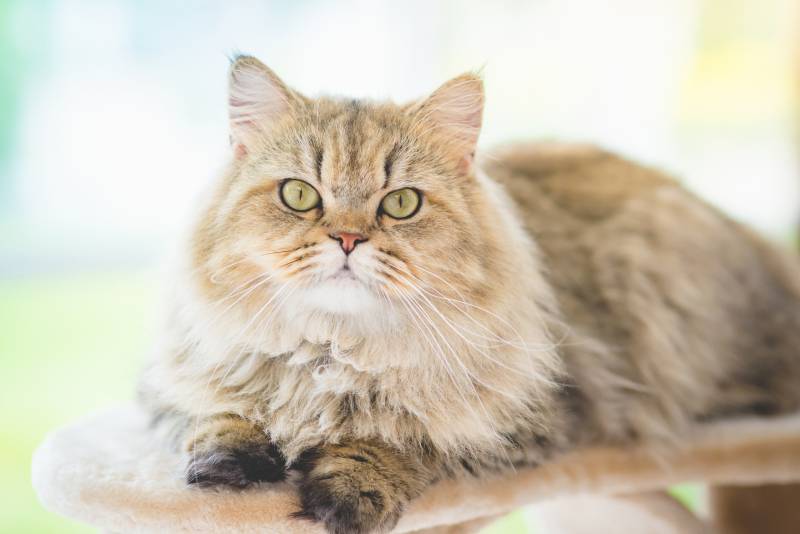
It’s Expensive
Wellness visits are much more affordable than having to treat an ill cat. A wellness visit could have detected early signs of a health condition that may have required a few lifestyle changes.
However, missing those early signs by missing several wellness visits may result in surgery, medications, and frequent trips to the vet. You can also look into pet insurance that covers wellness visits to help keep costs low.
It’s Too Stressful
It’s a reality that many cats don’t enjoy the process of going to the vet, nor the visit itself. Although it might not be the most pleasant experience, it is a rewarding one as it can help your cat live longer and feel their best. There are also steps you can take to make your cat’s vet visit a more enjoyable one.
How to Make Checkups More Pleasant
If you’ve got an anxious cat, you and your fur baby may not look forward to annual checkups. However, you can take the experience from an awful one to a manageable one by doing a few extra things to make your cat feel more comfortable:
Get a Carrier
Skip holding your cat in a blanket and get a good cat carrier or cat backpack. Make sure it isn’t too small because your cat won’t want to feel confined. Too large a size should also be avoided as it may make your cat feel insecure. A structured carrier that opens from the top works best for anxious cats because you won’t have to struggle to pull them out if they’re fighting to stay inside. You also are less likely to get bitten or scratched (and so is the vet) when putting your cat in and taking them out of their carrier.

Pack a Blanket
Adding your cat’s favorite blanket inside their carrier will make them feel a bit more comfortable and relaxed. Pop a light blanket over the top also, so that your cat can’t see dogs and other cats in the waiting room.
Practice
Taking your cat on a few outings in their carrier will get them used to it before the vet visit. Getting them used to their carrier will eliminate one stress factor on the day. Remember to give treats and praise as they walk inside the carrier and exit it without a fight.
Use relaxing pheromone products
These are available from your vet practice or pet store and can help cats to feed more relaxed. Spraying the product on your cat’s bedding in the carrier may make it a calmer experience for everyone.
Conclusion
You should take your adult cat for a checkup at least once a year, twice a year for senior cats, and several times within the first year of your cat’s life. These checkups will consist of a physical examination by the vet, as well as a weigh-in and possible blood samples.
All this is necessary for the vet to evaluate the overall health of your cat and catch any early signs of health problems. Catching a health problem early may well prevent complications, maintain your cat’s quality of life, and slow progression.
Featured Image Credit: bmf-foto.de, Shutterstock


